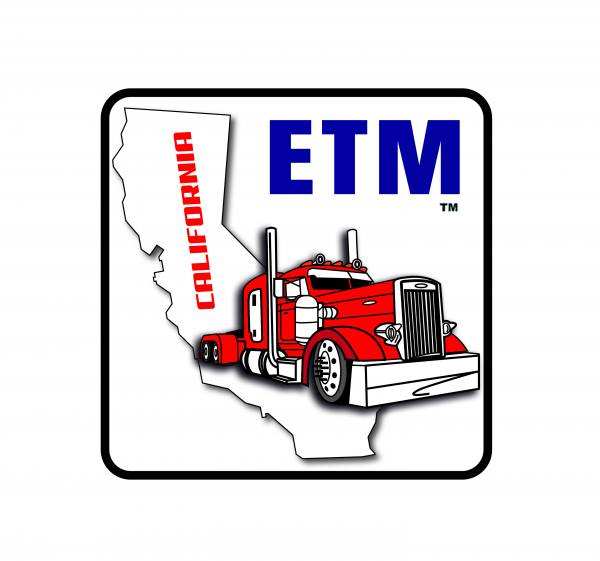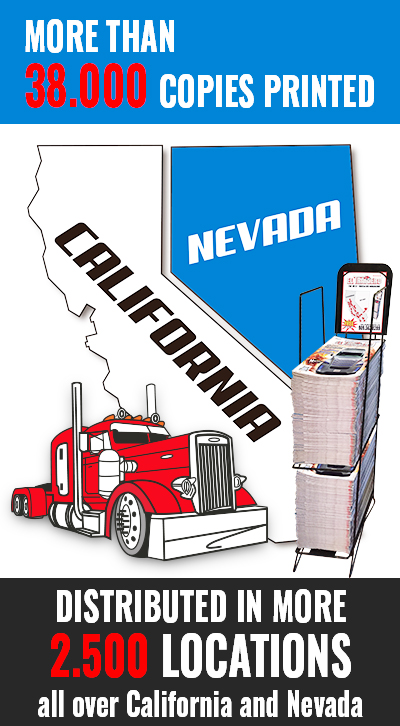 |
|
 |
Get our FREE |


Properly securing loads on a flatbed trailer is essential for ensuring road safety and compliance with laws. In California, the Department of Transportation (DOT) sets specific regulations for transporting loads on these trailers, detailed in the Code of Federal Regulations (CFR), Title 49, Part 393. Here is a practical guide on how to follow these regulations.
Load Distribution
The first critical aspect is the correct distribution of weight. According to CFR 49 §393.100-106, the load must be centered and evenly distributed to avoid imbalance on the flatbed trailer. The DOT also mandates that the load´s center of gravity be as low as possible and aligned with the vehicle´s center to maintain stability. The operator is responsible for ensuring the load is adequately secured with chains or straps and does not exceed 80,000 lbs.
Securing Equipment
The next step is to secure the load using appropriate equipment. According to CFR 49 §393.104, obtaining equipment such as straps, chains, and tensioners must be used and regularly inspected to ensure their functionality. These devices must be free from wear, damage, or defects that could compromise their holding capacity. Additionally, the straps and chains must be capable of supporting at least half of the load´s weight to meet the safe loading requirements.
Points of Attachment and Their Use
According to CFR 49 §393.110, the number of required attachment points depends on the weight and length of the load. At least four attachment points are required for loads weighing up to 10,000 pounds. Additional attachment points must be added for heavier loads to ensure the load does not shift. These points should be strategically placed to ensure the load remains stable during transit.
Regular Inspections
Finally, as mentioned in CFR 49 §392.9, regular inspections during the trip are crucial. The driver must stop and check that all straps and chains are in place and that the load is not moving unnecessarily. These inspections ensure the load´s stability and the safety of everyone on the road.
Complying with these DOT regulations is more than a legal obligation; it is a safety responsibility. Properly transporting loads on flatbed trailers protects the cargo, prevents accidents, and safeguards the lives of other drivers. Following these practices is crucial for truck operators to maintain safety and regulatory compliance in their daily operations.
One of the leading causes of accidents involving commercial vehicles on the road is improperly secured cargo. To prevent...
read more...When it comes to truck drivers´ health, the focus often stays on physical and work-related concerns. Yet, there&ac...
read more...In the trucking industry, GPS technology has become an indispensable tool for truck drivers and fleet operators. However...
read more...Although April 15 marked the official end of tax season, truck drivers can still make strategic decisions to keep their ...
read more...

